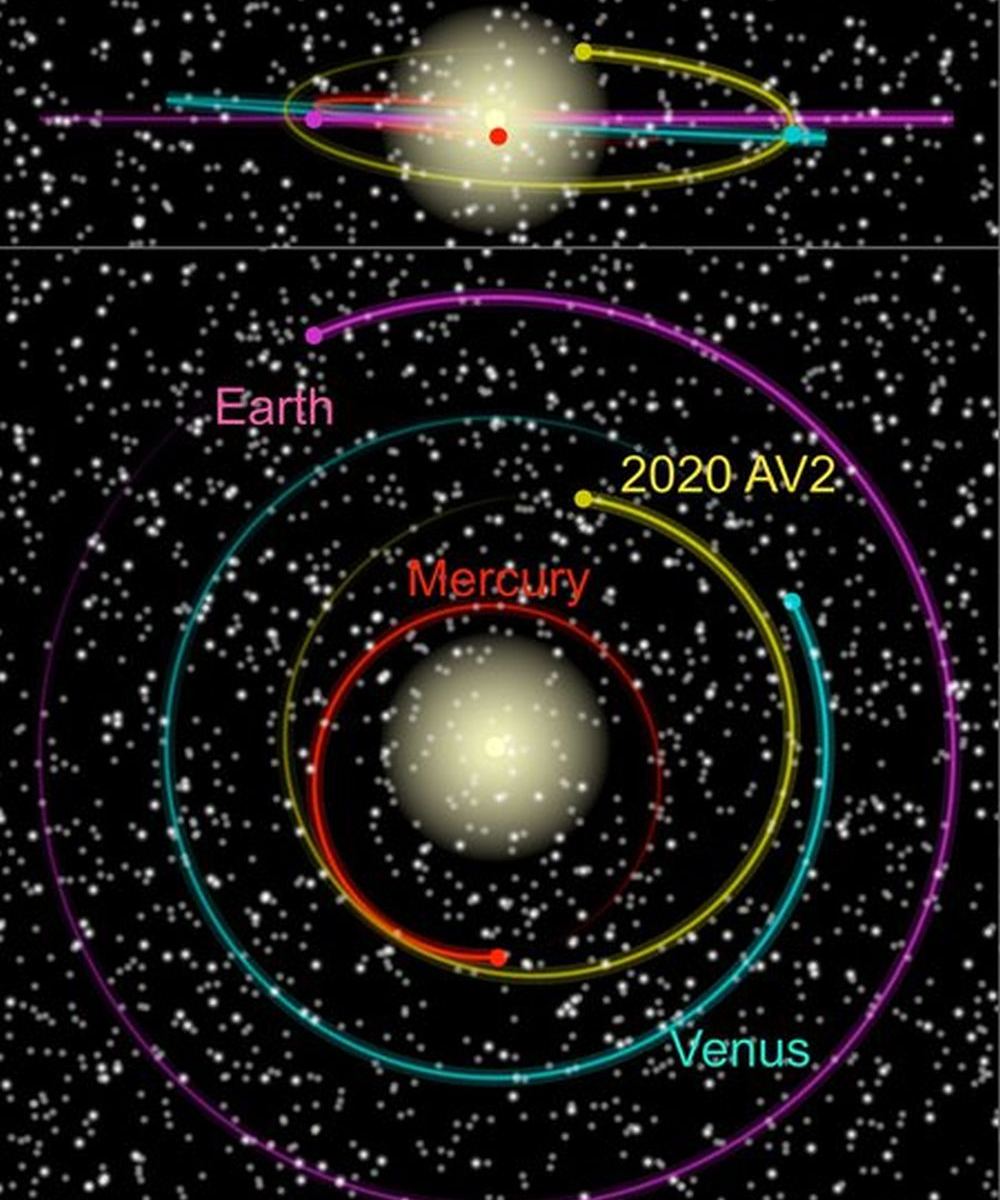Astronomers at Caltech’s Zwicky Transient Facility (ZTF) have discovered an asteroid that orbits inside Venus. Though other asteroids have a portion of their orbit inside Venus’, this is the first one with an orbit that is completely inside Venus’ orbit. The new object is named 2020 AV2.
Continue reading “An Asteroid has been Found that Orbits the Sun Closer than Venus”Scientists Figure Out How to Continuously Watch the Entire Planet With Just 4 Satellites
For decades, scientists have been trying to figure out the minimum number of satellites that would be able to see every point on Earth. This question is motivated in part by the growing problem of space debris, but also by considerations of cost and efficiency. By the mid-1980s, researcher John E. Draim proposed a solution to this problem in a series of studies, claiming that a four-satellite constellation was all that was needed.
Unfortunately, his solution simply wasn’t practical at the time since a tremendous amount of propellant would be needed to keep the satellites in orbit. But thanks to a recent collaborative study, a team of researchers has found the right combination of factors to make a four-satellite constellation possible. Their findings could drive advances in telecommunication, navigation, and remote sensing while also reducing costs.
Continue reading “Scientists Figure Out How to Continuously Watch the Entire Planet With Just 4 Satellites”Beautiful Image of Ice at Mars’ Northern Polar Cap
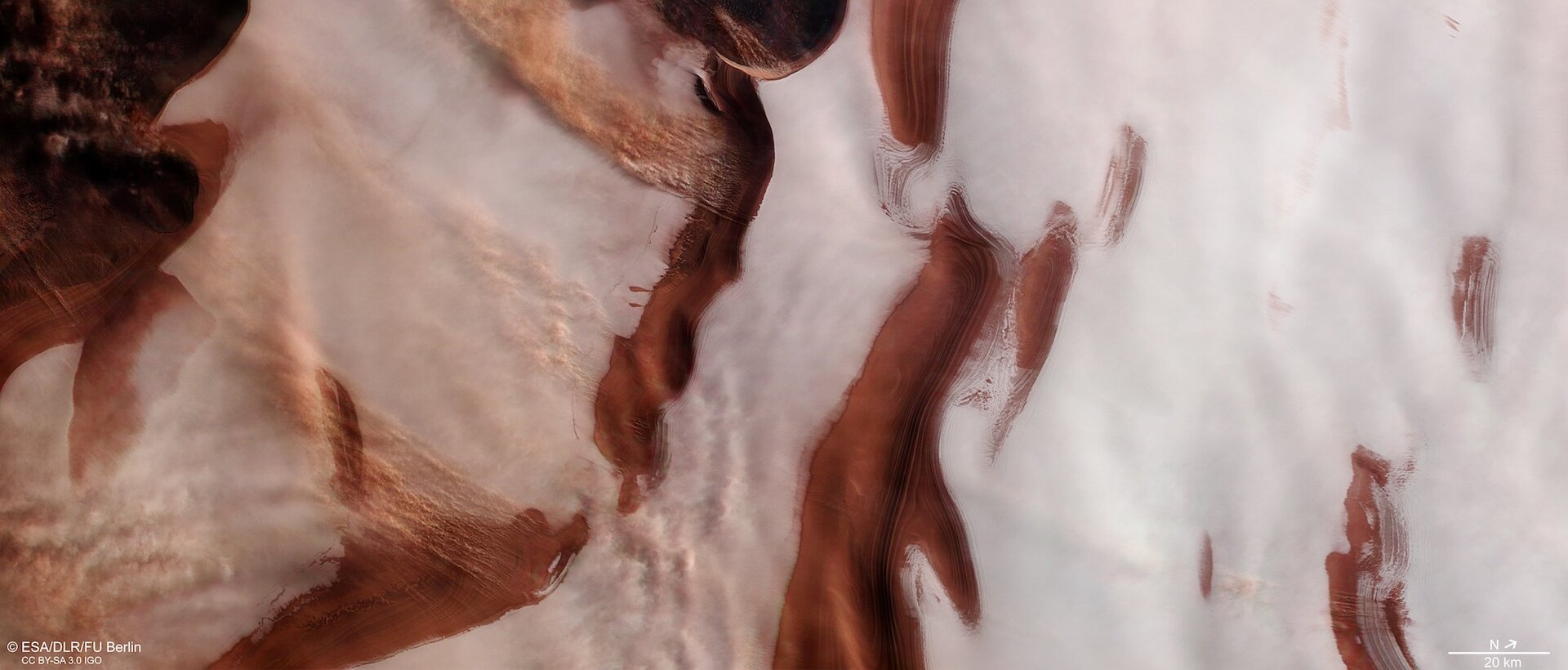
A new image from the ESA’s Mars Express spacecraft shows how beautiful, and desolate, Mars can appear. It also highlights some of the natural process that shape the planet’s surface. The image is of the northern polar region, and it features bright patches of ice, deep dark troughs, and evidence of storms and strong winds.
Continue reading “Beautiful Image of Ice at Mars’ Northern Polar Cap”A Second Planet May Have been Found Orbiting Proxima Centauri! And it’s a Super Earth.
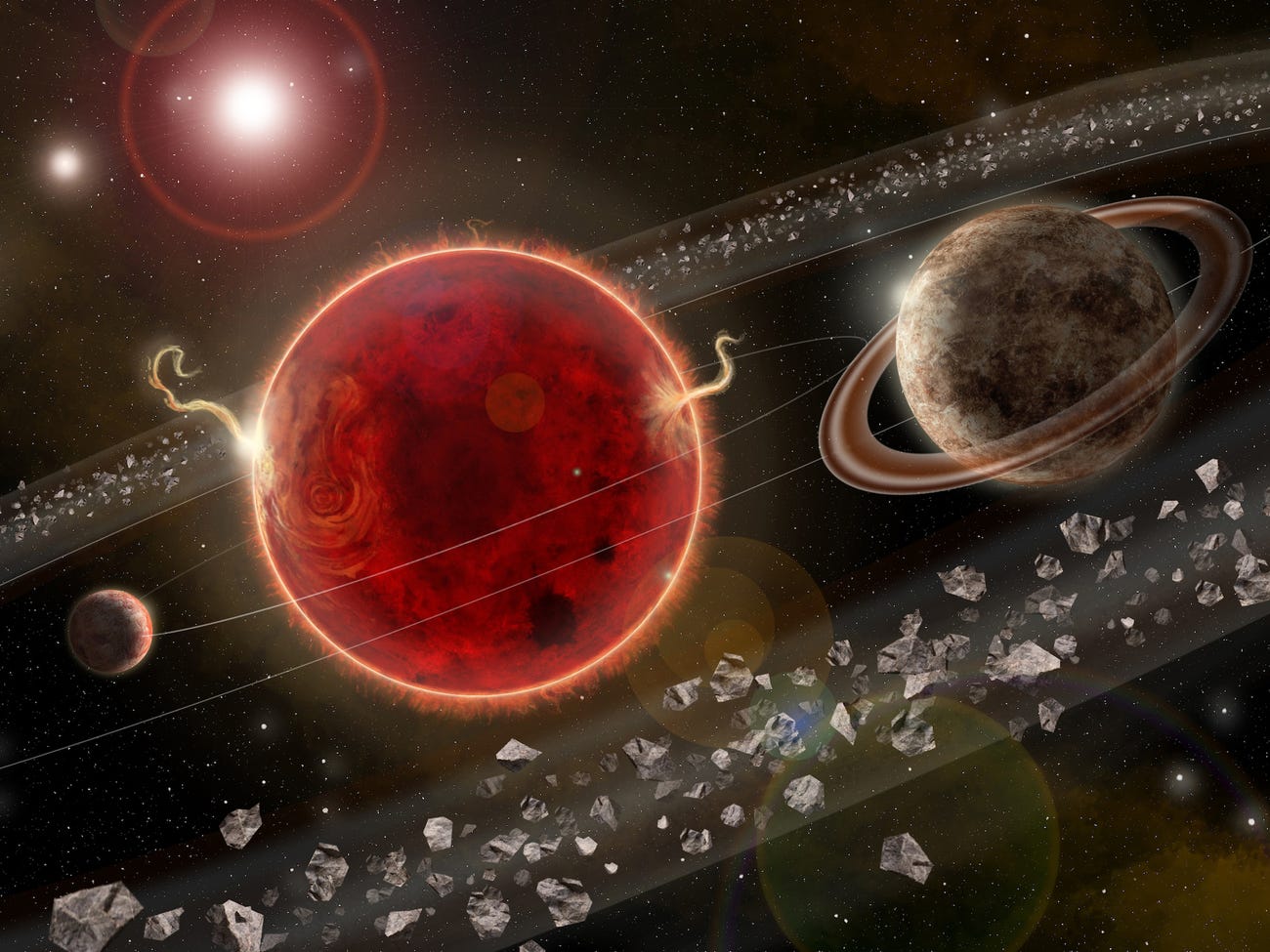
Astronomers have discovered another candidate exoplanet orbiting our neighbor, Proxima Centauri. A paper announcing these results was just published in the journal Science Advances. If confirmed, it will be the second exoplanet orbiting the star.
Continue reading “A Second Planet May Have been Found Orbiting Proxima Centauri! And it’s a Super Earth.”It Takes Two Stars to Make a Gamma Ray Burst
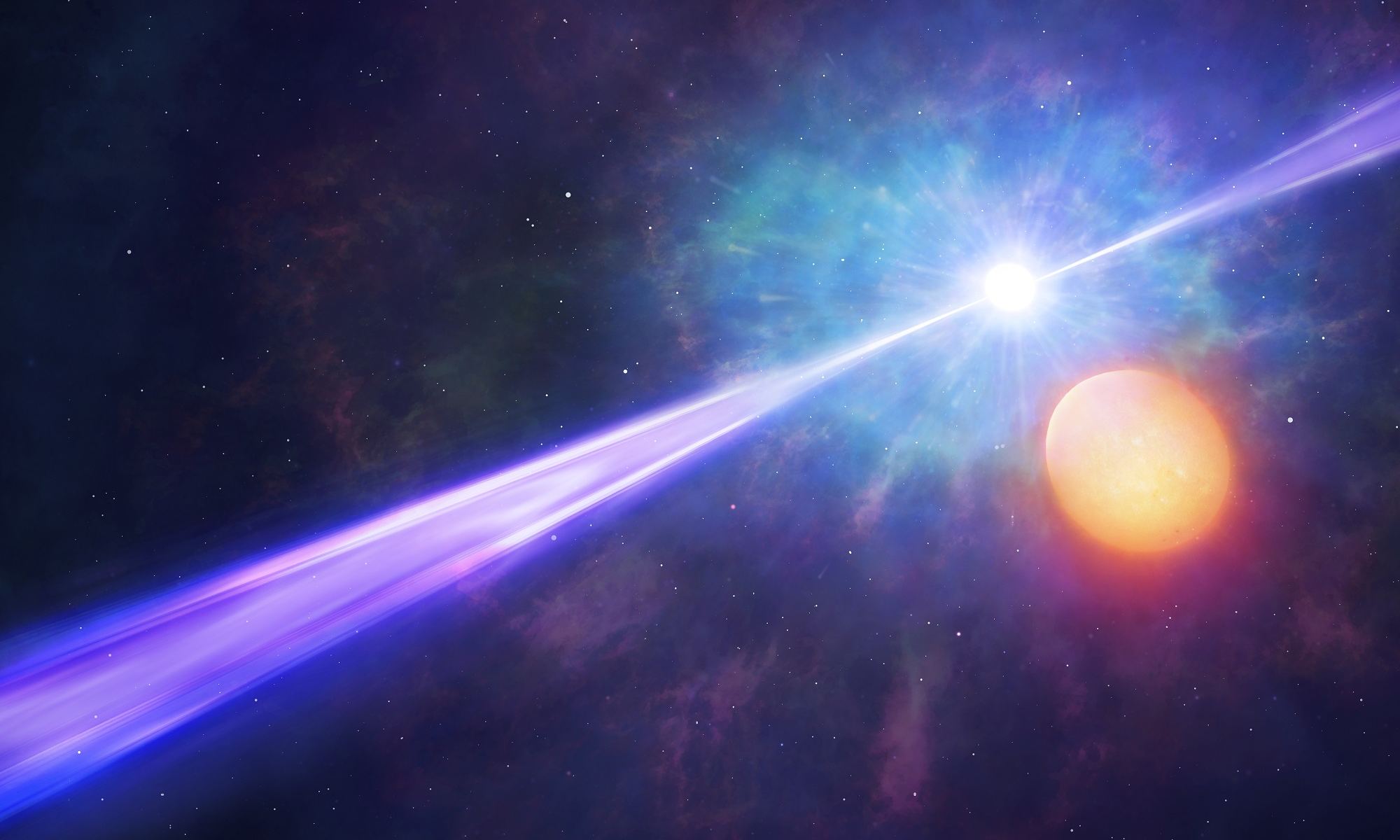
In 1967, NASA scientists noticed something they had never seen before coming from deep space. In what has come to be known as the “Vela Incident“, multiple satellites registered a Gamma-Ray Burst (GRB) that was so bright, it briefly outshined the entire galaxy. Given their awesome power and the short-lived nature, astronomers have been eager to determine how and why these bursts take place.
Decades of observation have led to the conclusion that these explosions occur when a massive star goes supernova, but astronomers were still unsure why it happened in some cases and not others. Thanks to new research by a team from the University of Warwick, it appears that the key to producing GRBs lies with binary star systems – i.e. a star needs a companion in order to produce the brightest explosion in the Universe.
Continue reading “It Takes Two Stars to Make a Gamma Ray Burst”LightSail 2 is Still Solar Sailing, But it’s Getting Lower and Lower with Each Orbit
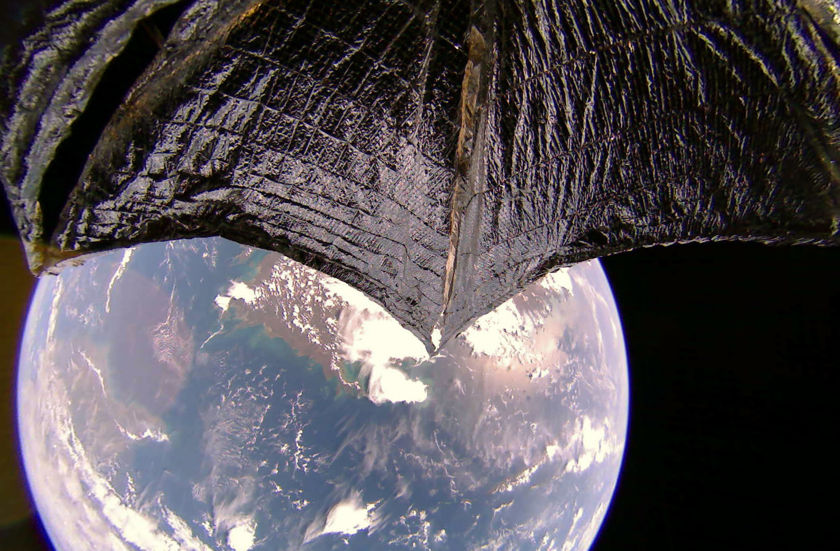
LightSail 2 deployed it solar sail five months ago, and it’s still orbiting Earth. It’s a successful demonstration of the potential of solar sail spacecraft. Now the LightSail 2 team at The Planetary Society has released a paper outlining their findings from the mission so far.
Continue reading “LightSail 2 is Still Solar Sailing, But it’s Getting Lower and Lower with Each Orbit”Balloon-Based Cosmic Ray Observatory is Now on its Second Trip Around Antarctica

In 2012, the balloon-borne observatory known as the Super Trans-Iron Galactic Element Recorder (SuperTIGER) took to the skies to conduct high-altitude observations of Galactic Cosmic Rays (GCRs). Carrying on in the tradition of its predecessor (TIGER), SuperTiger set a new record after completing a 55-day flight over Antarctica – which happened between December of 2012 and January of 2013.
On December 16th, 2019, after multiple launch attempts, the observatory took to the air again and passed over Antarctica twice in the space of just three and a half weeks. Like its predecessor, SuperTIGER is a collaborative effort designed to study cosmic rays – high-energy protons and atomic nuclei – that originate outside of our Solar System and travel through space at close to the speed of light.
Continue reading “Balloon-Based Cosmic Ray Observatory is Now on its Second Trip Around Antarctica”New View of the Swan Nebula From NASA’s Airborne SOFIA Telescope
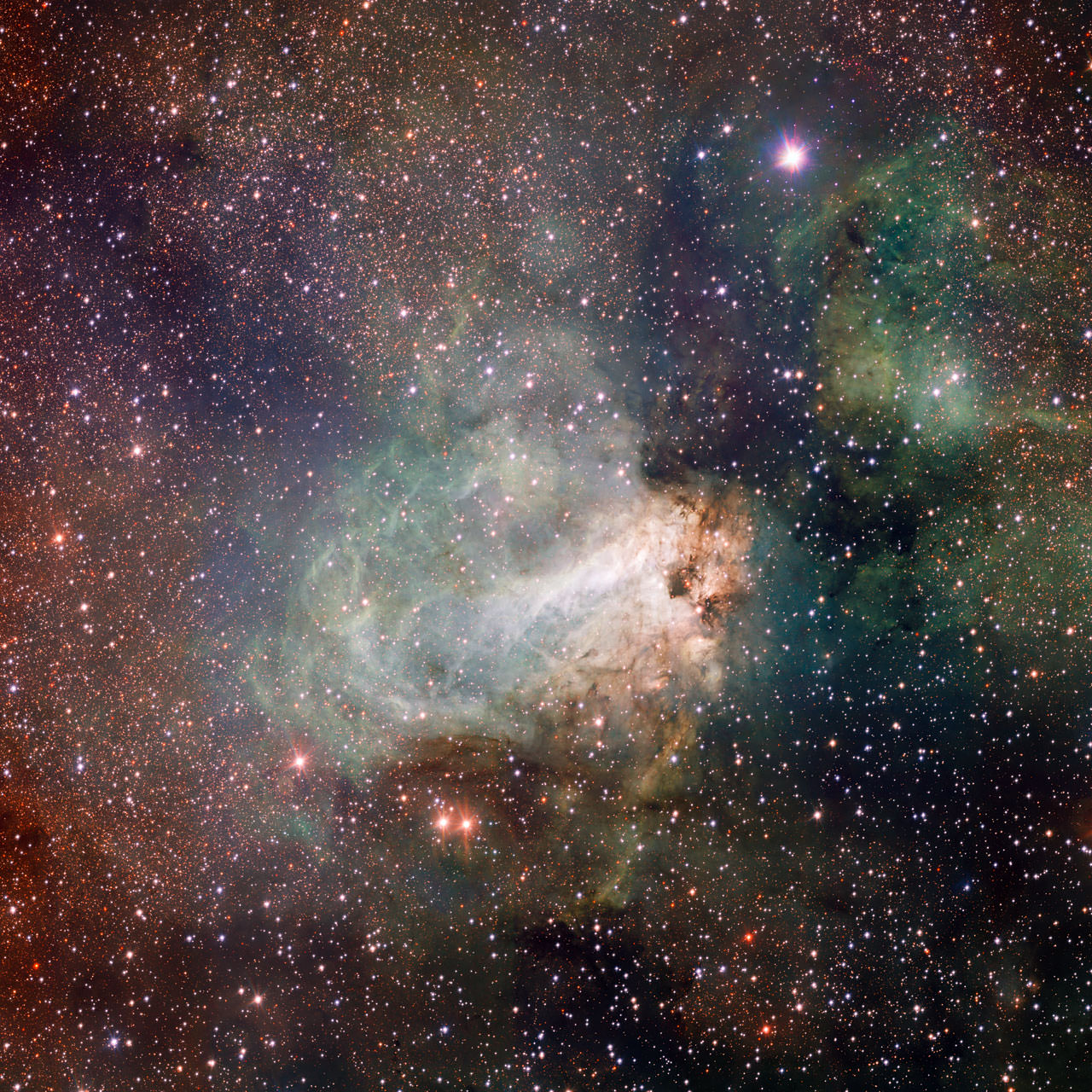
The Omega Nebula (Messier 17), also known as the Swan Nebula because of its distinct appearance, is one of the most well-known nebulas in our galaxy. Located about 5,500 light-years from Earth in the constellation Sagittarius, this nebula is also one of the brightest and most massive star-forming regions in the Milky Way. Unfortunately, nebulas are very difficult to study because of the way their clouds of dust and gas obscure their interiors.
For this reason, astronomers are forced to examine nebulas in the non-visible wavelength to get a better idea of their makeup. Using the Stratospheric Observatory for Infrared Astronomy (SOFIA), a team of NASA scientists recently observed the Swan Nebula in the infrared wavelength. What they found has revealed a great deal about how this nebula and stellar nursery evolved over time.
Continue reading “New View of the Swan Nebula From NASA’s Airborne SOFIA Telescope”In About 3 Million Years, WASP-12b Will Spiral into its Star and be Consumed
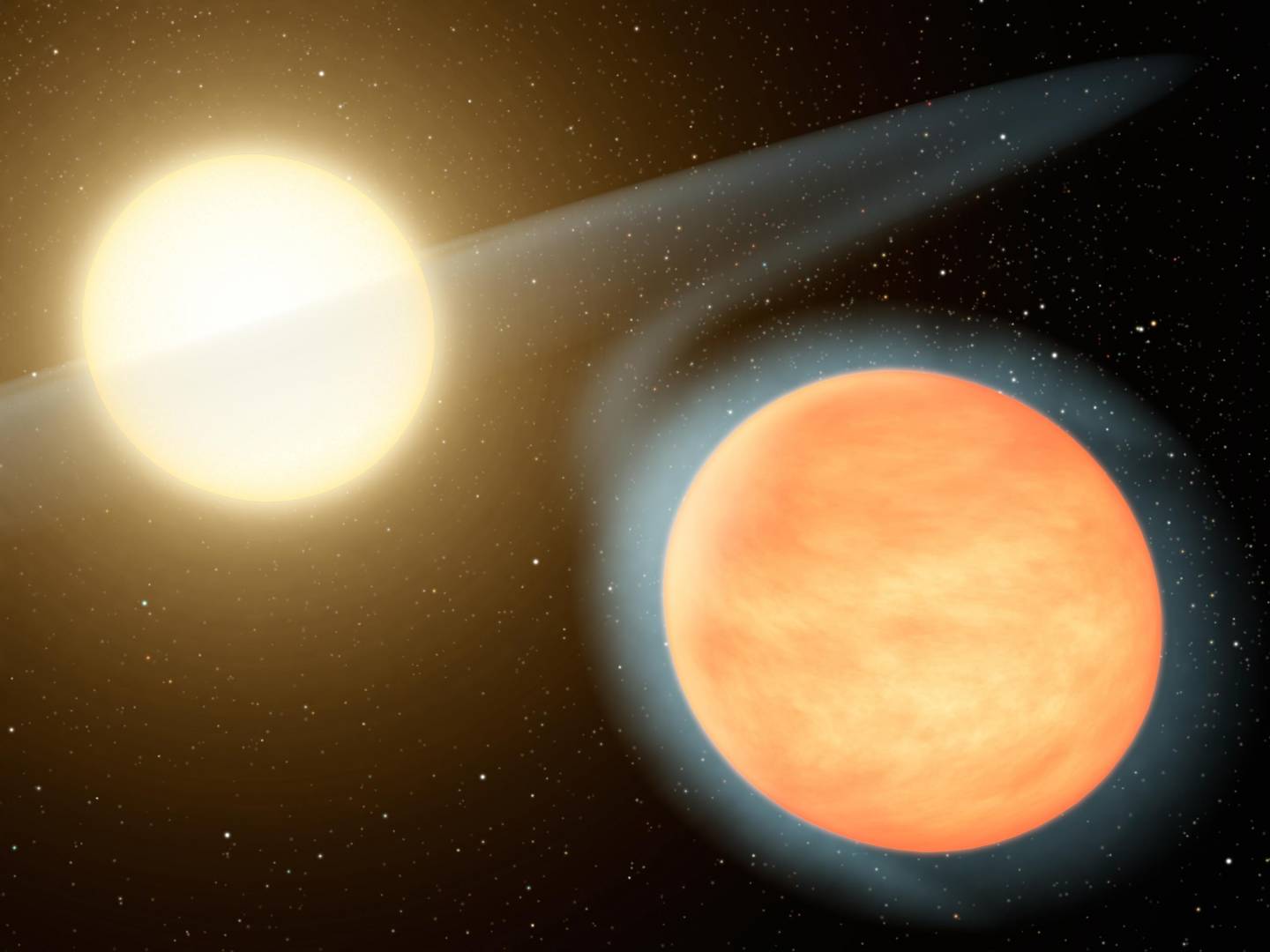
Astronomers estimate that in about four billion years, our Sun will exit the main sequence phase of its existence and become a red giant. This will consist of the Sun running out of hydrogen and expanding to several times its current size. This will cause Earth to become uninhabitable since this Red Giant Sun will either blow away Earth’s atmosphere (rendering the surface uninhabitable) or expand to consume Earth entirely.
In a lot of ways, Earth is getting off easy with these predicted scenarios. Other planets, such as WASP-12b, don’t have the luxury of waiting billions of years for their star to reach the end of its lifespan before eating them up. According to a recent study by a team of Princeton-led astrophysicists, this extrasolar planet is spiraling in towards its star and will be consumed in a fiery death just 3 million years from now.
Continue reading “In About 3 Million Years, WASP-12b Will Spiral into its Star and be Consumed”Hubble Finds Teeny Tiny Clumps of Dark Matter
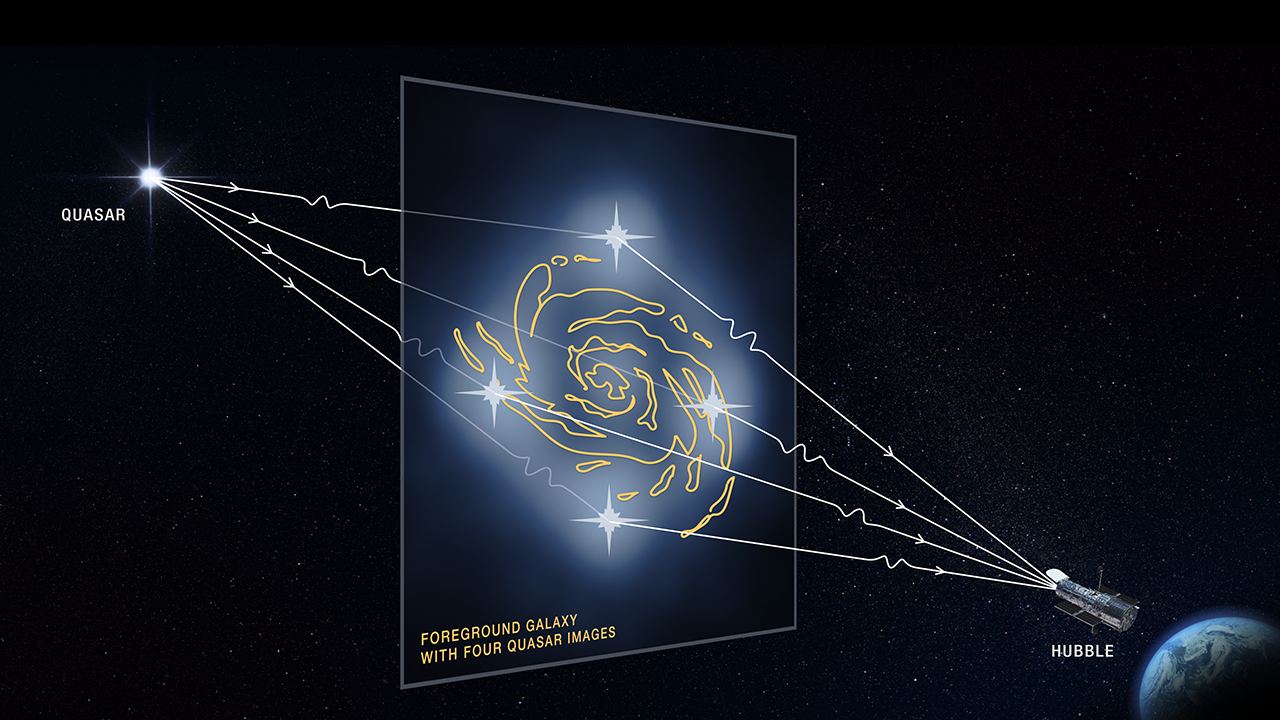
To put it simply, Dark Matter is not only believed to make up the bulk of the Universe’s mass but also acts as the scaffolding on which galaxies are built. But to find evidence of this mysterious, invisible mass, scientists are forced to rely on indirect methods similar to the ones used to study black holes. Essentially, they measure how the presence of Dark Matter affects stars and galaxies in its vicinity.
To date, astronomers have managed to find evidence of dark matter clumps around medium and large galaxies. Using data from the Hubble Space Telescope and a new observing technique, a team of astronomers from UCLA and NASA JPL found that dark matter can form much smaller clumps than previously thought. These findings were presented this week at the 235th meeting of the American Astronomical Society (AAS).
Continue reading “Hubble Finds Teeny Tiny Clumps of Dark Matter”
